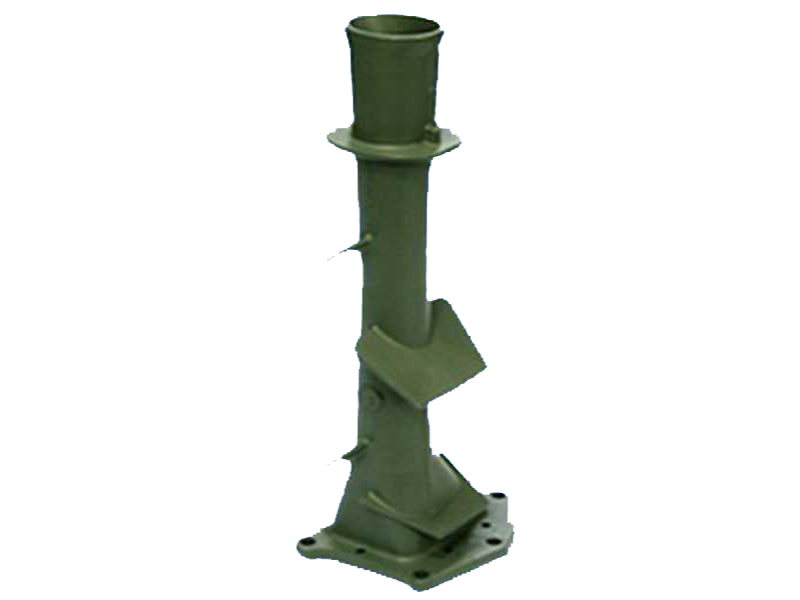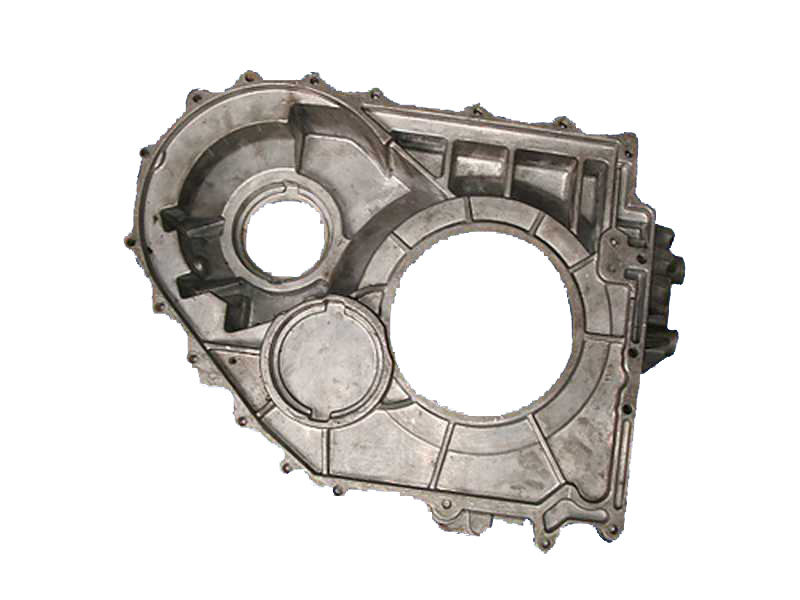Welding Cast Aluminum: Techniques, Challenges, and Best Practices
Introduction: Welding cast aluminum is a complex process that requires a deep understanding of the material’s properties and unique challenges. In this article, we will explore the weldability of cast aluminum, different welding techniques suitable for this material, the preparation process, and best practices for successful welds. Whether you’re a professional welder or someone interested in the subject, this article will provide valuable insights into welding cast aluminum.
Properties of Cast Aluminum: Before delving into the welding techniques, it’s essential to grasp the properties of cast aluminum. Aluminum, known for its lightweight and corrosion-resistant characteristics, is commonly used in various applications. Cast aluminum, specifically, is produced through a casting process, which introduces some challenges when it comes to welding. Its porosity, oxide layer, and variations in chemical composition can affect the welding process.
Welding Techniques for Cast Aluminum:
- TIG (Tungsten Inert Gas) Welding: TIG welding is a popular technique for welding cast aluminum due to its precision and ability to create clean welds. This method involves using a non-consumable tungsten electrode and an inert gas to protect the weld zone. While TIG welding offers excellent control, it requires skill and expertise to manage the heat input effectively.
- MIG (Metal Inert Gas) Welding: MIG welding, another widely used technique, utilizes a consumable wire electrode and a shielding gas to protect the weld area. It offers higher productivity compared to TIG welding and is relatively easier to learn. However, MIG welding may present challenges when welding cast aluminum due to its high heat input.
- Other Welding Techniques: In addition to TIG and MIG welding, there are alternative methods for welding cast aluminum. These include stick welding, laser welding, and friction stir welding. Each technique has its advantages and considerations, making them suitable for specific applications and scenarios.
Preparing Cast Aluminum for Welding: Proper preparation is crucial for successful welds on cast aluminum. Before welding, thorough cleaning and surface preparation are necessary to remove impurities and contaminants. Additionally, ensuring the cast aluminum is properly handled and stored is essential to maintain its integrity and prevent further complications during the welding process.
Welding Process for Cast Aluminum: Executing the welding process for cast aluminum requires careful attention to detail. A step-by-step guide can be followed:
- Preheating considerations: Determine if preheating is required based on the thickness and complexity of the casting.
- Selection of appropriate filler material: Choose a filler alloy compatible with the cast aluminum to ensure good weldability.
- Determining welding parameters: Adjust the current, voltage, and travel speed to optimize the weld quality and minimize distortion.
- Execution of the weld: Employ proper technique and control to achieve strong, defect-free welds.
Challenges and Best Practices for Welding Cast Aluminum: Welding cast aluminum poses certain challenges, such as thermal conductivity and heat dissipation issues, as well as the potential for cracking and distortion. To overcome these challenges, best practices should be followed, including:
- Managing heat input: Control the heat input to prevent overheating and minimize distortion.
- Preheating and post-weld heat treatment: Implement preheating and post-weld heat treatment techniques to reduce cracking and enhance weld strength.
- Stress relief: Employ stress relief methods to mitigate residual stresses and increase the longevity of the weld.
Safety Considerations: Welding cast aluminum involves safety risks that should not be overlooked. It is important to prioritize safety by wearing appropriate personal protective equipment (PPE), ensuring proper ventilation in the work area, and implementing fire prevention measures to minimize hazards.
Applications of Welded Cast Aluminum
Applications of Welded Cast Aluminum: Welded cast aluminum finds extensive use in various industries and sectors due to its desirable properties and versatility. Some common applications include:
- Automotive Industry: Welded cast aluminum is widely employed in the automotive industry, particularly for engine components, transmission housings, and suspension parts. Its lightweight nature helps improve fuel efficiency while maintaining structural integrity.
- Aerospace and Aviation: The aerospace sector benefits from welded cast aluminum in the manufacturing of aircraft components, including structural frames, engine mounts, and landing gear parts. Its high strength-to-weight ratio makes it an ideal choice for aircraft applications.
- Construction and Architecture: Welded cast aluminum is utilized in the construction industry for various architectural elements, such as railing systems, decorative features, and structural supports. Its corrosion resistance ensures durability in outdoor environments.
- Marine and Offshore Applications: In marine and offshore settings, welded cast aluminum is commonly used for boat hulls, marine equipment, and offshore structures. Its resistance to saltwater corrosion makes it suitable for harsh marine environments.
- Industrial Equipment: Welded cast aluminum is found in the fabrication of industrial equipment, including machinery frames, enclosures, and heat exchangers. Its thermal conductivity and lightweight properties are advantageous for heat dissipation and ease of handling.
Conclusion: Welding cast aluminum requires specialized knowledge and expertise due to the material’s unique properties and challenges. By understanding the various welding techniques, proper preparation, and best practices, successful welds can be achieved. Whether in the automotive, aerospace, construction, or other industries, the applications of welded cast aluminum continue to expand, thanks to its exceptional properties and versatility.
Remember, when working with cast aluminum, prioritize safety by following appropriate safety measures and regulations. By mastering the art of welding cast aluminum, you can unlock a world of possibilities in various industries where this remarkable material is utilized.
Looking for a reliable and efficient China die casting manufacturer? Look no further than GC Precision Mold Co. Ltd! Formerly known as Aluminum Die Casting (China) Ltd., we specialize in die casting parts and have two manufacturing companies for high pressure die casting (aluminum die casting, zinc die casting, magnesium die casting), aluminum gravity casting, aluminum sand casting, aluminum profile, aluminum precision machining, metal die casting, and forging casting.
Our head office is located in Dong Guan City, Guang Dong Province, and our resident senior Western management team permanently monitors the development of products, projects, manufacturing processes, quality assurance, and control.
We take pride in carrying out assembly operations in our own plant to ensure the quality of complex, engineered, and critical-to-manufacture products. We also protect the intellectual property of our customers.
Choose GC Precision Mold die casting manufacturer for exceptional quality and service. Contact us today to learn more about our services and how we can help meet your die casting needs!
